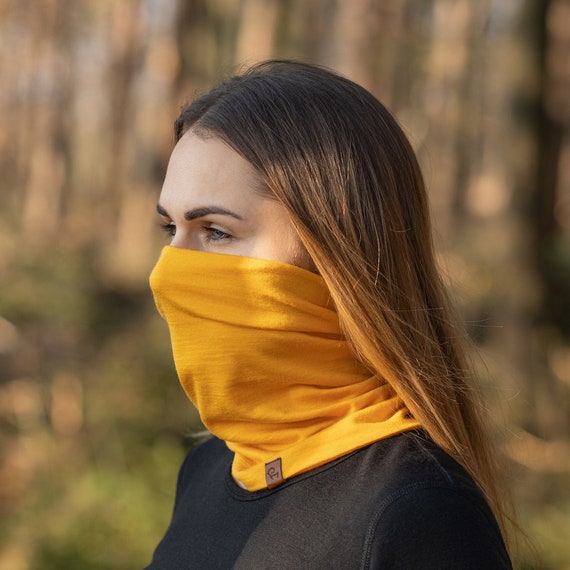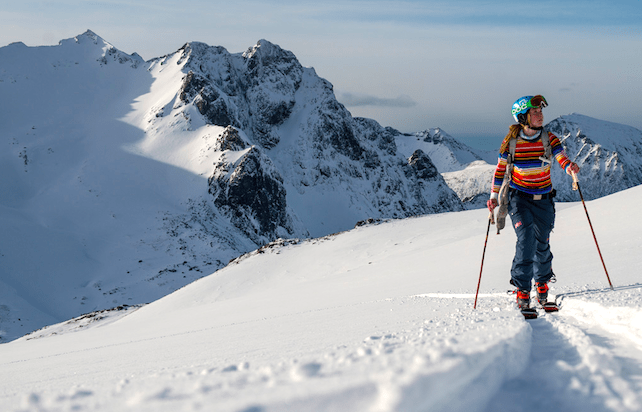Great Facts On Deciding On Merino Wool Base Layers For Hiking
Wiki Article
What Makes Merino Sheep Distinct From Other Types Of Sheep?
Merino sheep differ from other breeds of sheep in numerous ways. Fine woolMerino sheep are unique in many ways. Merino wool is more delicate and soft than the other breeds of sheep. Merino Wool is highly prized due to its versatility, warmth , and the comfort it provides.
The ability to adapt: Merino sheep are very adept to all climates and environments. They are able to thrive in both warm and cold climates. They can tolerate a range of temperatures.
Resilience- Merino sheep are famous for their strength and hardiness. They are resistant to most diseases of sheep and are able to withstand extreme weather conditions.
Fertility- Merino Merino sheep have high fertility rates and are able to create multiple offspring in a single pregnancy.
Merino sheep possess a special pattern of grazing which helps ensure their health and well-being. They feed in a cautious and selective manner which assists them in avoiding excessive grazing and toxic plants.
BreedingThe breeding process Merino sheep are selectively bred to produce the best quality wool. This has led to many different Merino sheep breeds, each with distinctive characteristic and traits.
Merino sheep are sought-after for their high-quality wool and their adaptability. They are an important source of wool and are highly valued by farmers and breeders all over the world.
What Are The Different Types And Applications Of Merino-Based Base Layers For Clothes?
Merino wool is an extremely popular base layering material for clothing due to its excellent moisture-wicking properties, the ability to breathe, and its natural odor resistance. These are some examples of Merino wool base layers. They are light and can be used in warm to cool weather. They are usually made from a thin, flexible fabric that is simple to layer with other clothes.
Base layers that are midweight: Mediumweight Merino base layers are designed for colder weather. The base layers are generally comprised of more dense, insulating fabrics that provide warmth and comfort in the colder months.
Base layers heavyweight- These base layers made from heavyweight Merino wool are suitable for cold climates. They are made from thick, warm fabrics that provide insulation and protection from weather.
3/4-length base layers 3/4 length Merino wool base layers are designed to give warmth and ease to your lower body without bulk. They are ideal to layer under shorts or trousers in cool weather.
Long sleeves base layers-Long sleeves Merinowoo base layers are designed to provide warmth and ease of wearing. These layers are usually comprised of a light and air-tight fabric that is worn underneath other clothing to provide warmth.
Hooded base layers- Hooded Merino wool base layers are designed to offer additional warmth and protect against the elements. They are typically fitted with a hood that can be worn underneath a helmet or other headgear.
Zip-neck base layer - Zip-neck Merino Wool base layers are constructed to allow for easy ventilation and temperature control. They typically have an open neckline with a zipper that can be opened or closed based on the weather conditions.
Merino wool bases can be found in a wide selection of styles and thicknesses to accommodate a wide range of preferences and needs. You should take into account the weather conditions and the quantity of activities you are planning to do when selecting a Merino base layer. Go best base layers shop near me for website info.

What Is The Most Suitable Ski Base Layer To Use Yak And Merino Wool Combined?
There are many aspects to think about when choosing the most effective combination of ski base Merino Wool and Himalayan Yok Wool. Here are some important things to consider Weather conditions: Be aware of the temperature and the conditions you'll be skiing. Base layers with higher insulation may be recommended if it is very cold. For instance, one that contains Himalayan Himalayanyak wool. A lighter Merino base layer may be better suited to warmer climates.
Activity level - Consider your level of activity, and the amount of sweat you generate. Merino wool or Merino wool might be the best option if you sweat often.
The key is comfort. Select a layer that feels good and is comfortable to wear. Base layers should move with you and provide the full range of movement. It is essential not to wear anything too tight or restrictive as it can restrict mobility and cause discomfort.
Personal preference: The combination of the top base layers will vary for each individual. Some prefer a thicker layer of insulation, while others prefer a thinner layer. Explore different combinations to discover what is most effective for your needs.
Overall, the most effective ski base layer combination consisting of Merino wool and Himalayan yak wool is contingent on your individual requirements and the conditions you will be skiing in. You should consider your level of activity, your individual preference, comfort as well as other factors to make sure you have a base layer that keeps you warm, cozy dry, and secure on the slopes. Go view some best hiking mid layer for blog info.

What Are The Other Fabrics That Are Available To Be Used In Yak Wool Or Merino Clothing? Are They Better?
There are a variety of other fabrics other than Merino and Himalayan yak wool that could be used in ski apparel. However, they may not be as effective in keeping you dry, warm and at ease on the slopes. Here are some other options and the reasons why they are less than. Cotton - Cotton is an everyday fabric, but it's not the most ideal choice for skiing. It is abrasive and holds water, which could leave you feeling cold and wet. Also, cotton is not well-insulated, and it won't be able to keep you warm in colder temperatures.
Polyester- Polyester is a type of synthetic fabric commonly used for ski clothes. Polyester is quick-drying and water-wicking, however it does not offer the same insulation or warmth of Merino wool. Some people are unable to breathe through polyester, or more comfortable than natural materials.
NylonThe word "Nylon" means "non-woven." Nylon is a synthetic fabric which is renowned for its toughness and resistance to abrasion. It is a great fabric for ski wear, however it is not able to provide warmth or insulation. You may find it difficult to wear nylon over long periods of time because it is not as comfortable and breathable as natural fibers such as Merino or wool.
FleeceFleece Fleece is a well-loved layering fabric for skiers, is also a well-liked choice. Although it can provide warmth and insulation, it isn't as effective as natural fibers like Merino Wool and Himalayan Yak Wool. People find fleece less breathable, and more likely to hold water more than natural fibers.
While there are many products that can be substituted for Merino Wool and Himalayan Yok Wool in ski clothes, some might not be as effective at keeping you comfortable and warm on the slopes. Natural fibers such as Merino wool and Himalayan Yak wool provide superior warmth and insulation, the ability to regulate moisture, and breathability, making them a better choice for clothing for skiing.